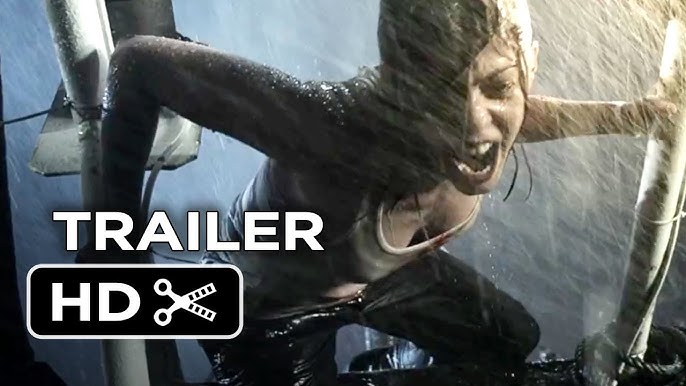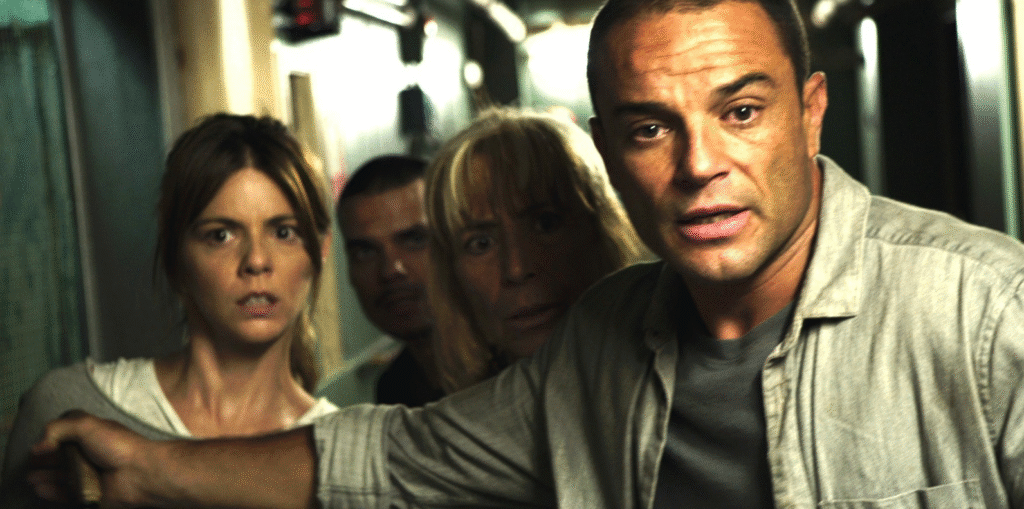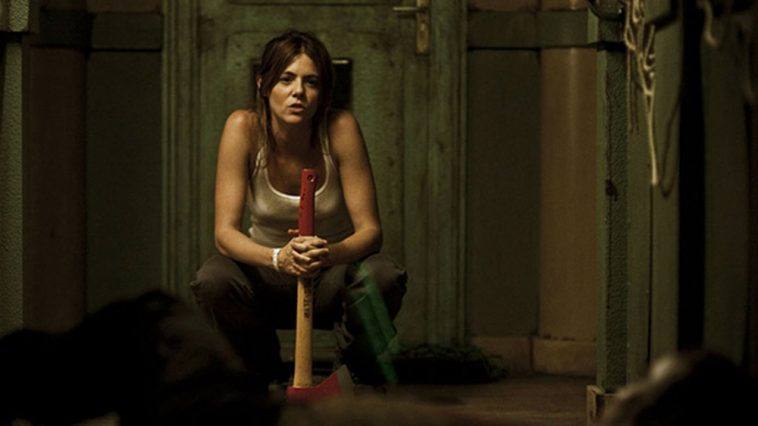Some infections spread fear. Others spread forever. [REC] 4: Apocalypse (2014) closes the chapter on one of horror’s most relentless found-footage sagas, dragging its story from the claustrophobic hallways of an apartment building to the open sea, where survival becomes as suffocating as the virus itself.

The film begins immediately after the brutal events of [REC] 2. TV reporter Ángela Vidal (Manuela Velasco), the only survivor pulled from the cursed apartment, awakens on a quarantined ship in the middle of the ocean. Supposedly safe, she is studied by military doctors desperate to contain the outbreak once and for all. But safety is an illusion. The infection is not gone—it is evolving.
At its heart, Apocalypse is about containment and paranoia. Locked in the steel bowels of a ship, soldiers, scientists, and survivors quickly turn on one another as the virus spreads in unpredictable, terrifying ways. Ángela, once a victim, becomes both key witness and potential threat, her very blood carrying secrets that may doom them all.

The horror shifts from found-footage chaos to cinematic claustrophobia. Corridors echo with screams, generators hum as lights flicker, and infected burst through airtight doors like demons loosed from Hell. The ship itself becomes a coffin, drifting through endless black water with no hope of rescue.
The action is relentless. From surgical rooms drenched in gore to frantic battles in engine rooms and rain-lashed decks, the infection spreads with animal ferocity. Each outbreak feels sudden, unstoppable, and final—reminding us why the [REC] series built its reputation on pure terror.
The villain here is not just the infected, but the hubris of control. Scientists who try to weaponize the virus, soldiers who obey orders over humanity, and survivors who gamble with lives all mirror the infection itself: cold, merciless, inevitable.

Visually, the film thrives on claustrophobic dread. Tight corridors, blinding emergency lights, and endless seas create a sense of being trapped between hell below and hell above.
The score thrums with tension—low strings, mechanical hums, and sudden crashes that feel like the heartbeat of a dying world. Silence is as frightening as the screams, every pause pregnant with violence.
Thematically, [REC] 4 is about endings. Can a curse so virulent, so unholy, ever truly be destroyed? Or does every attempt to contain it only spread it further? The film wrestles with inevitability: some nightmares can’t be stopped—they can only be survived, briefly.
By its finale, Ángela stands bloodied, broken, yet unyielding. The truth of the infection is revealed in her veins, making her both survivor and curse. The ship burns, bodies sink into the sea, and the audience is left with a haunting question: did the outbreak end here, or just begin anew?
Ultimately, [REC] 4: Apocalypse (2014) is a ferocious, claustrophobic conclusion to one of horror’s most iconic series. It abandons shaky-cam for cinematic scope but keeps the same heartbeat of dread, proving that the infection was never just in the flesh—it was in us all along.



